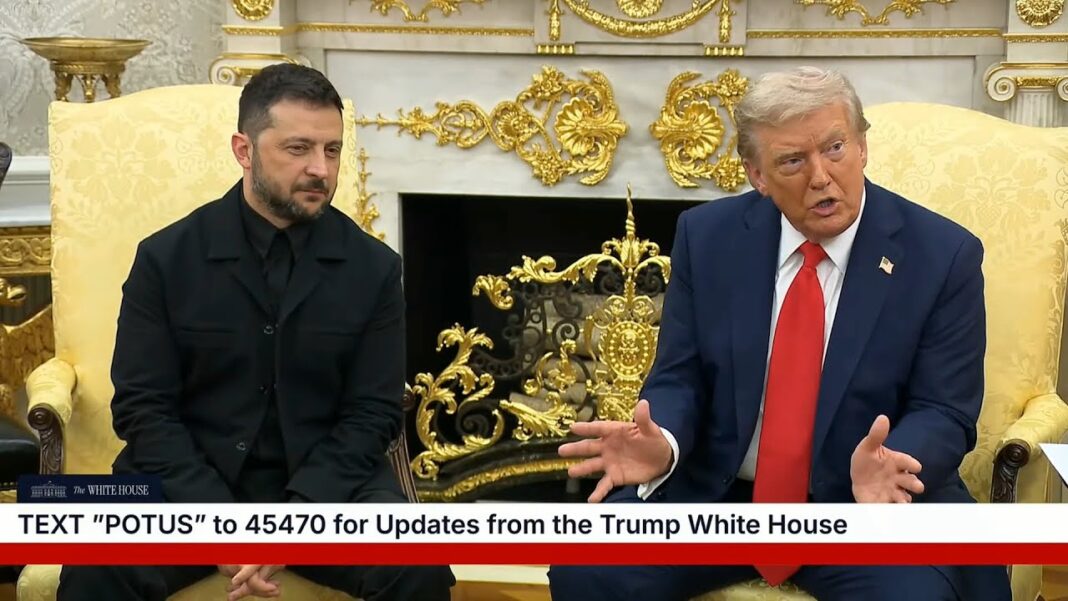The senior White House staff member called graffiti a ‘visual declaration of a society’s surrender,’ and said it’s ‘coming down.’
President Donald Trump’s crackdown on crime in Washington will include a renewed effort to eliminate graffiti, White House deputy chief of staff Stephen Miller said on Aug. 17.
“Graffiti left untouched to scar public spaces is the visual declaration of a society’s surrender,” Miller wrote in a Aug. 17 post on X. “The graffiti is coming down in Washington, DC.”
Miller’s remark about a “surrender” on the part of society appears to be a reference to the “broken windows” theory, a criminology concept introduced in the 1980s by Harvard academics James Wilson and George Kelling. They theorized that unaddressed visible signs of neglect and vandalism harm communities by encouraging people to commit more serious crimes.
“Untended property becomes fair game for people out for fun or plunder, and even for people who ordinarily would not dream of doing such things and who probably consider themselves law-abiding,” the authors wrote, adding that vandalism is a slippery slope to a broader breakdown in community controls.
“A stable neighborhood of families who care for their homes, mind each other’s children, and confidently frown on unwanted intruders can change, in a few years or even a few months, to an inhospitable and frightening jungle,” Wilson and Kelling said, pointing to a growth in homelessness, panhandling, drunkeness in public, and disorderly offenses.
Graffiti—which also has its advocates who argue it’s a legitimate form of art or socio-political protest—was cited by Wilson and Kelling as a challenge to order and a sign of weakening controls.
“In Boston public housing projects, the greatest fear was expressed by persons living in the buildings where disorderliness and incivility, not crime, were the greatest,” they wrote.
“Knowing this helps one understand the significance of such otherwise harmless displays, as subway graffiti. As Nathan Glazer has written, the proliferation of graffiti, even when not obscene, confronts the subway rider with the ‘inescapable knowledge that the environment he must endure for an hour or more a day is uncontrolled and uncontrollable, and that anyone can invade it to do whatever damage and mischief the mind suggests.’”
By Tom Ozimek







